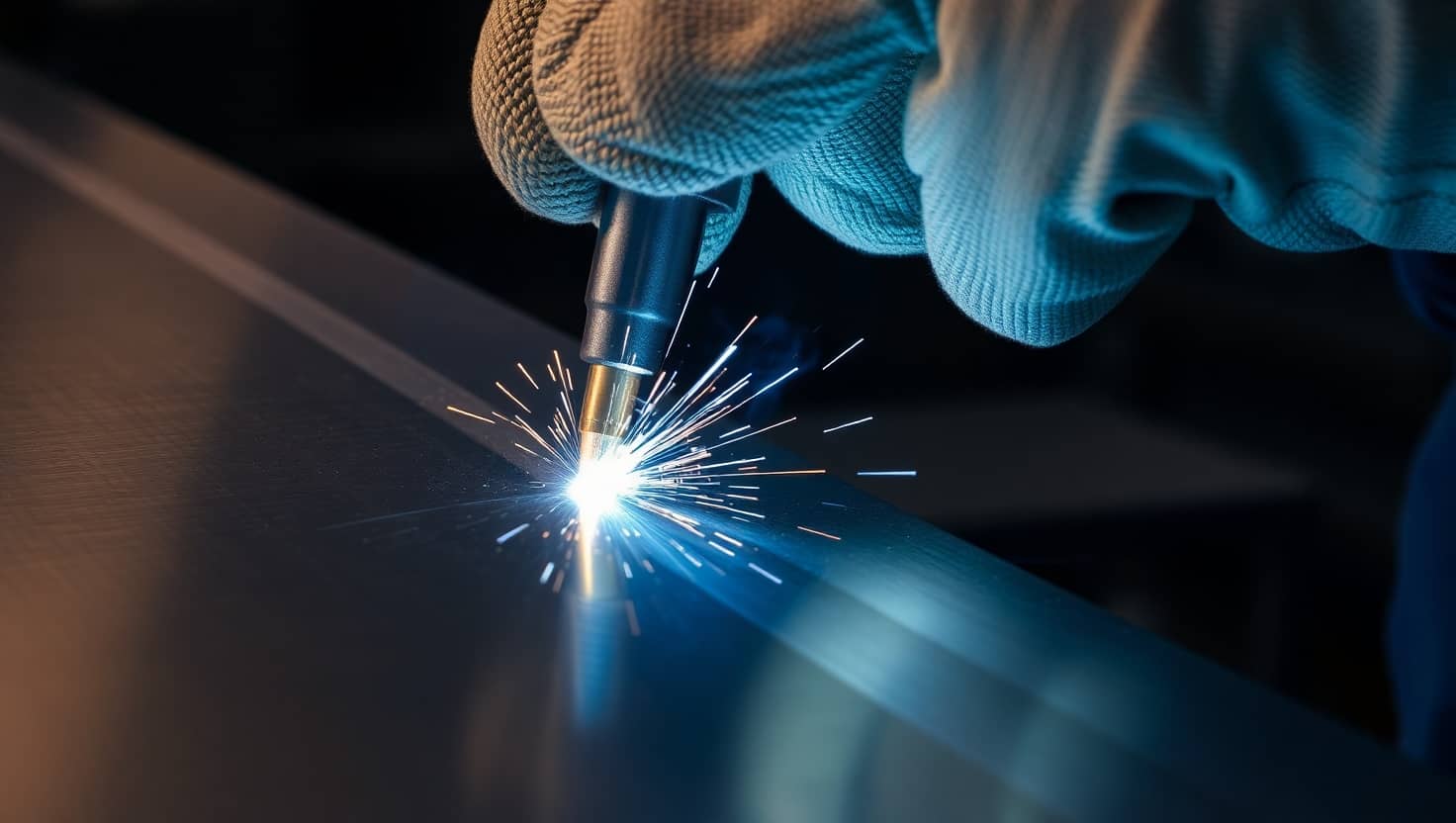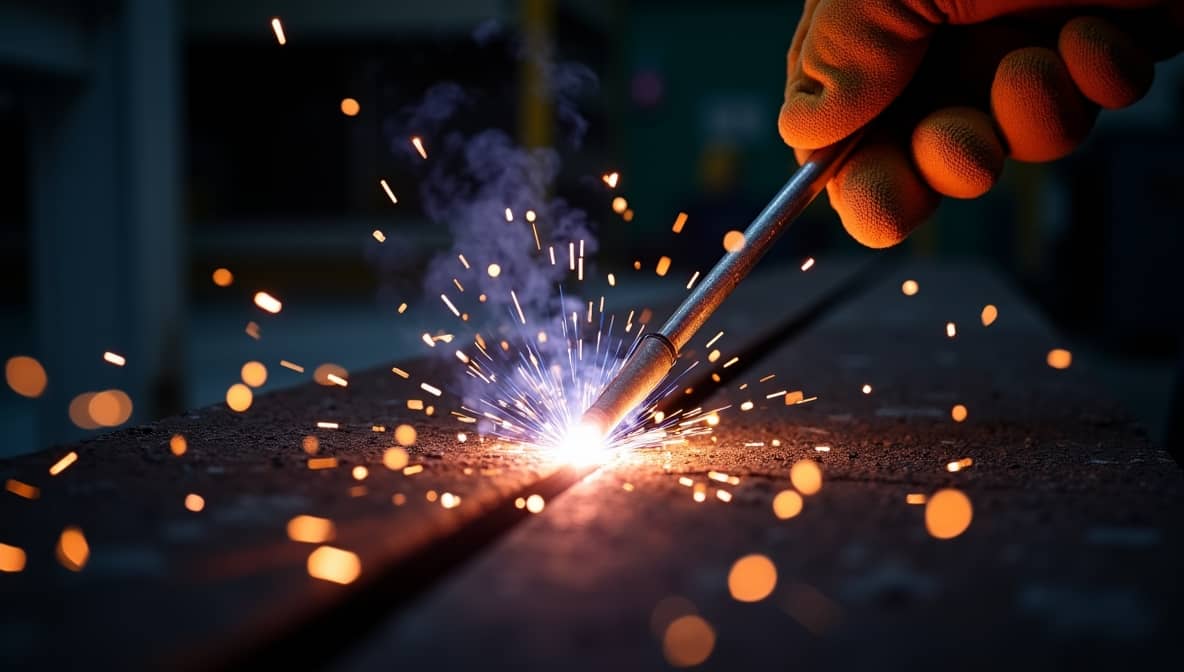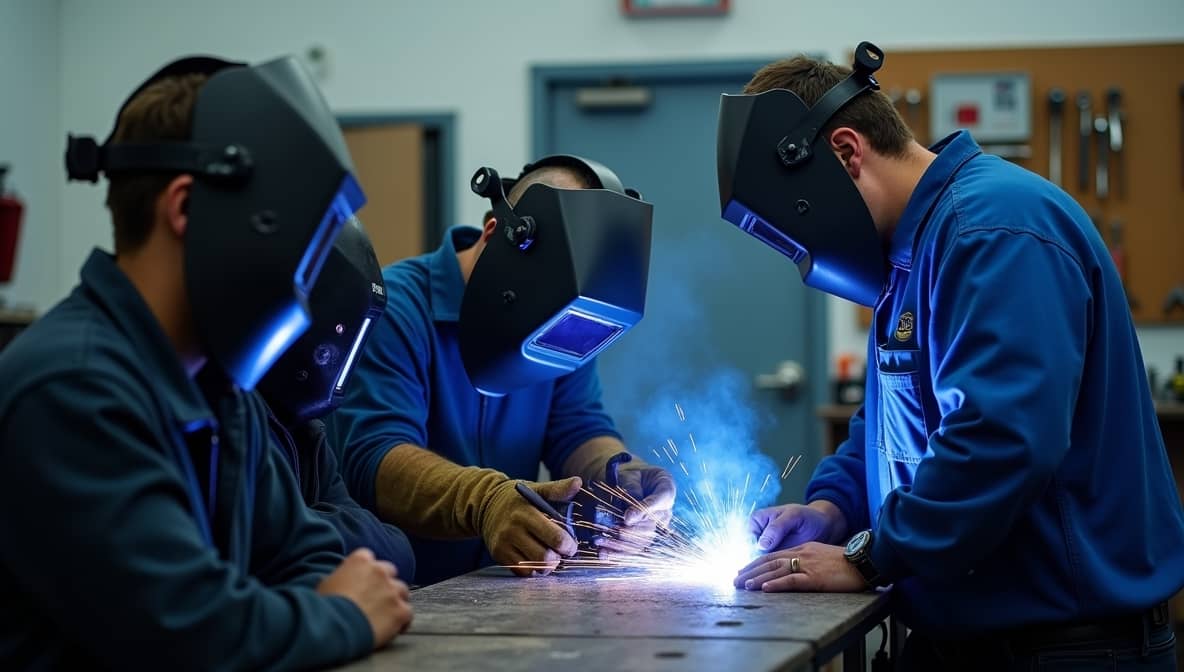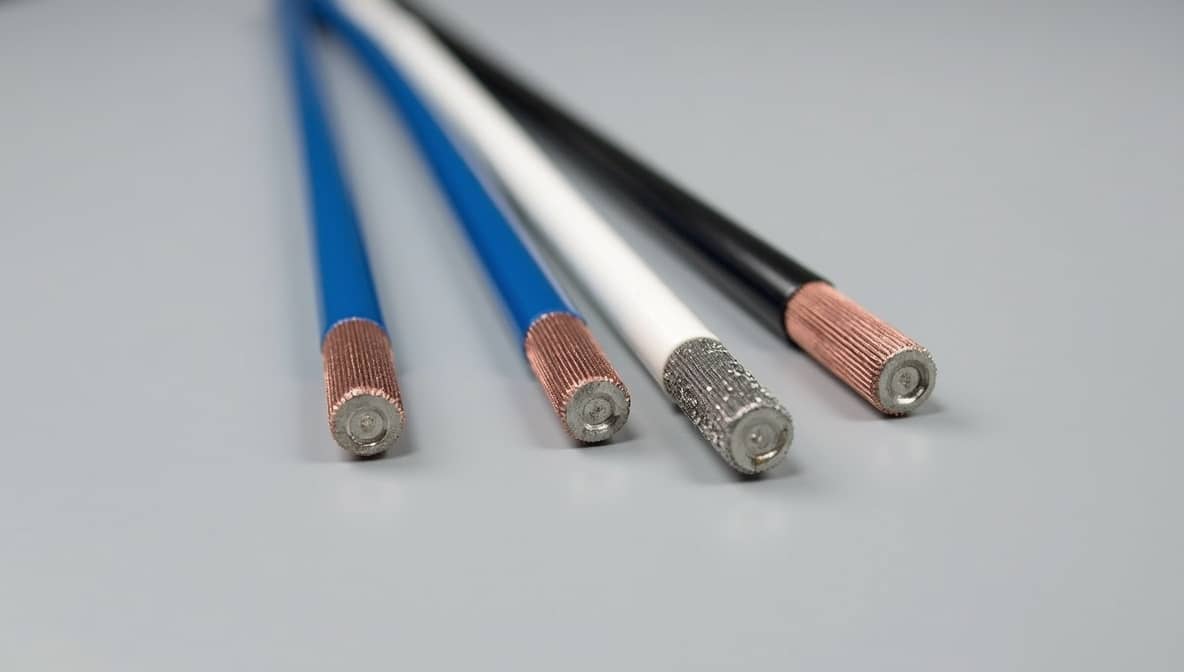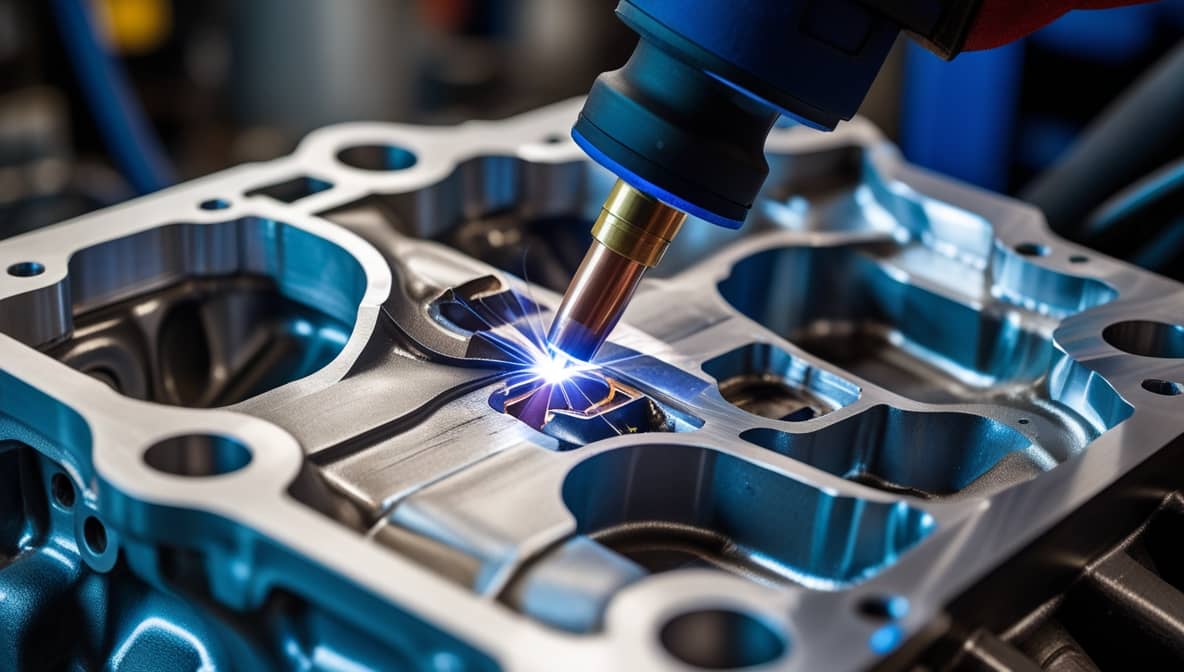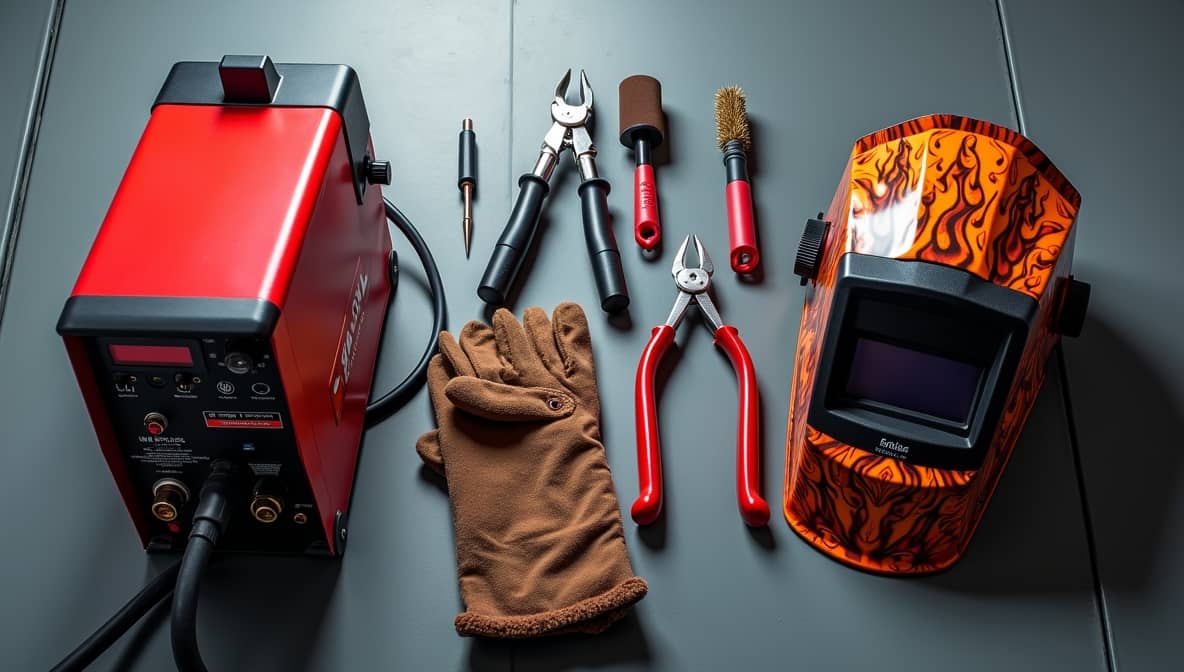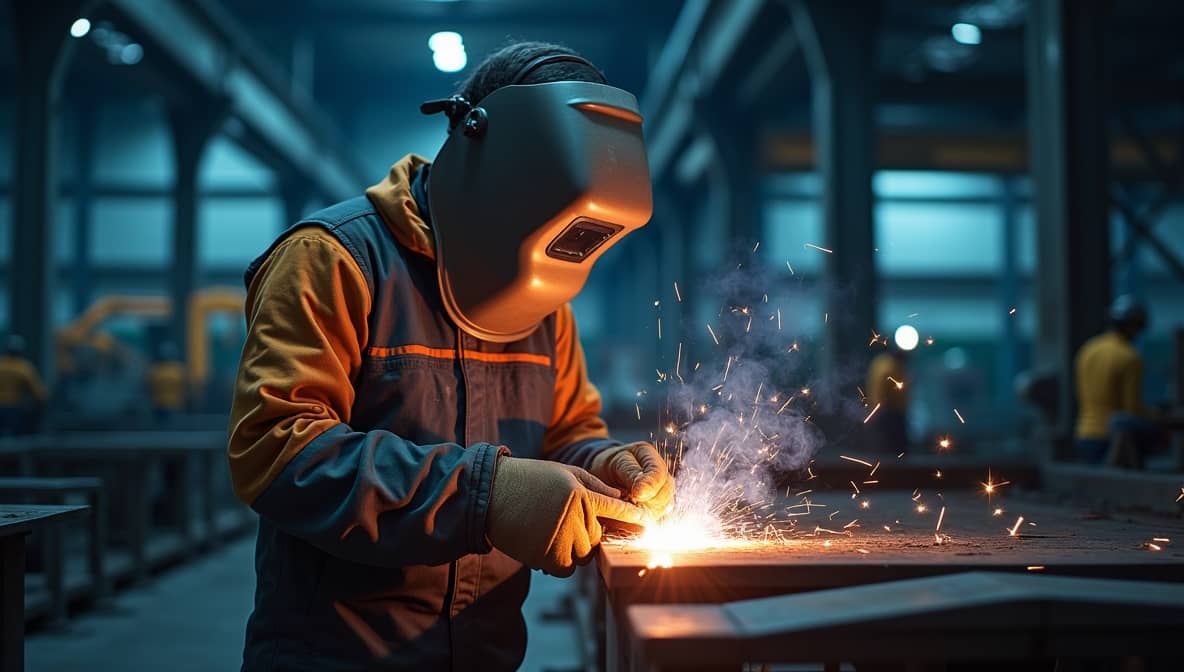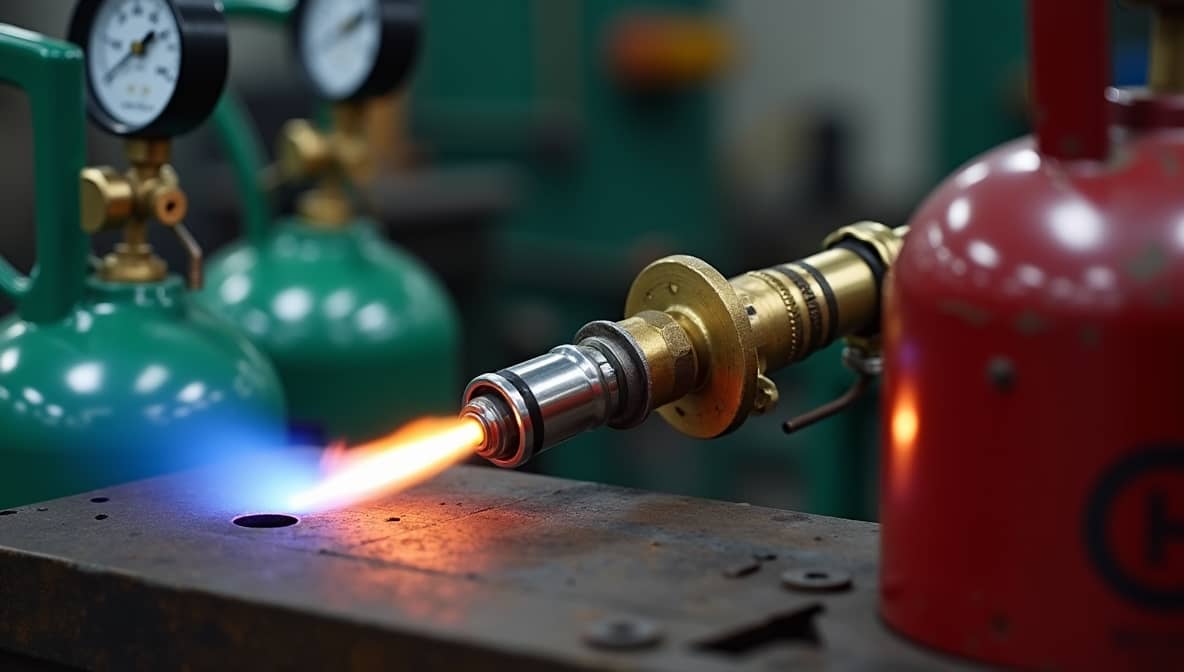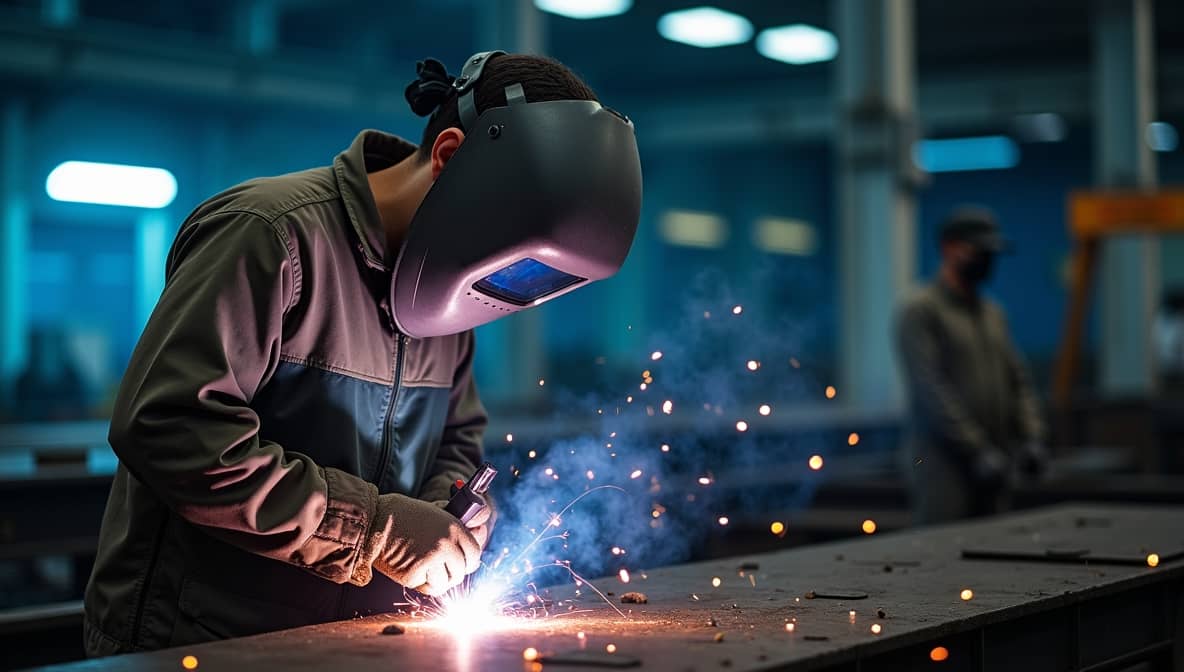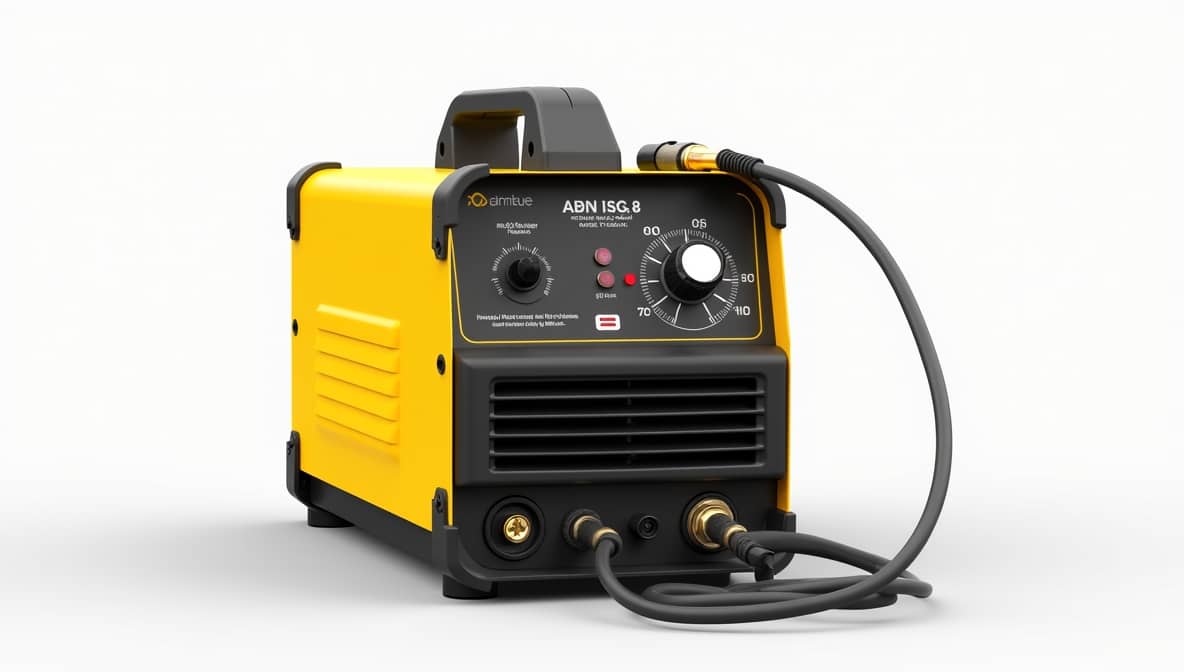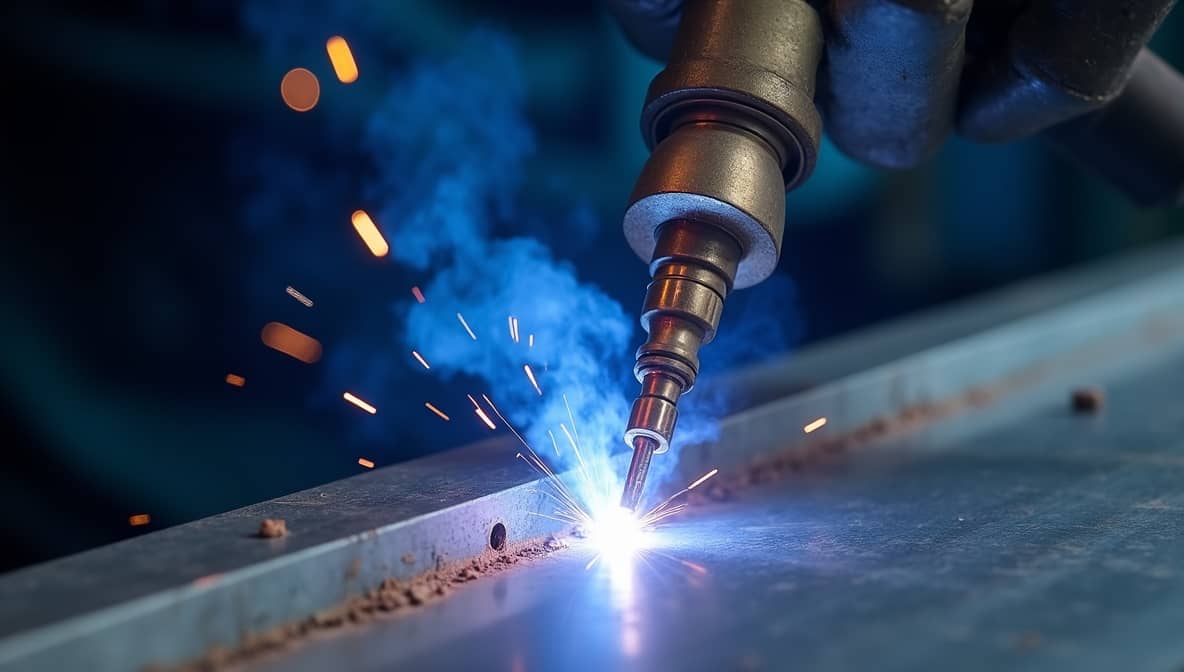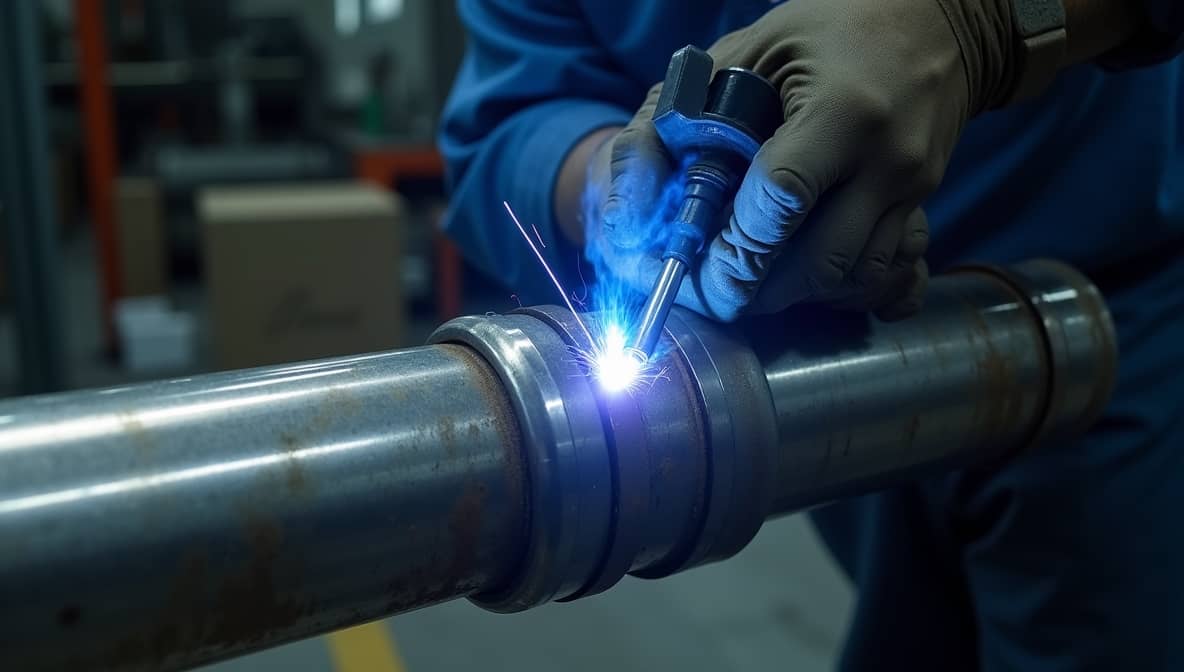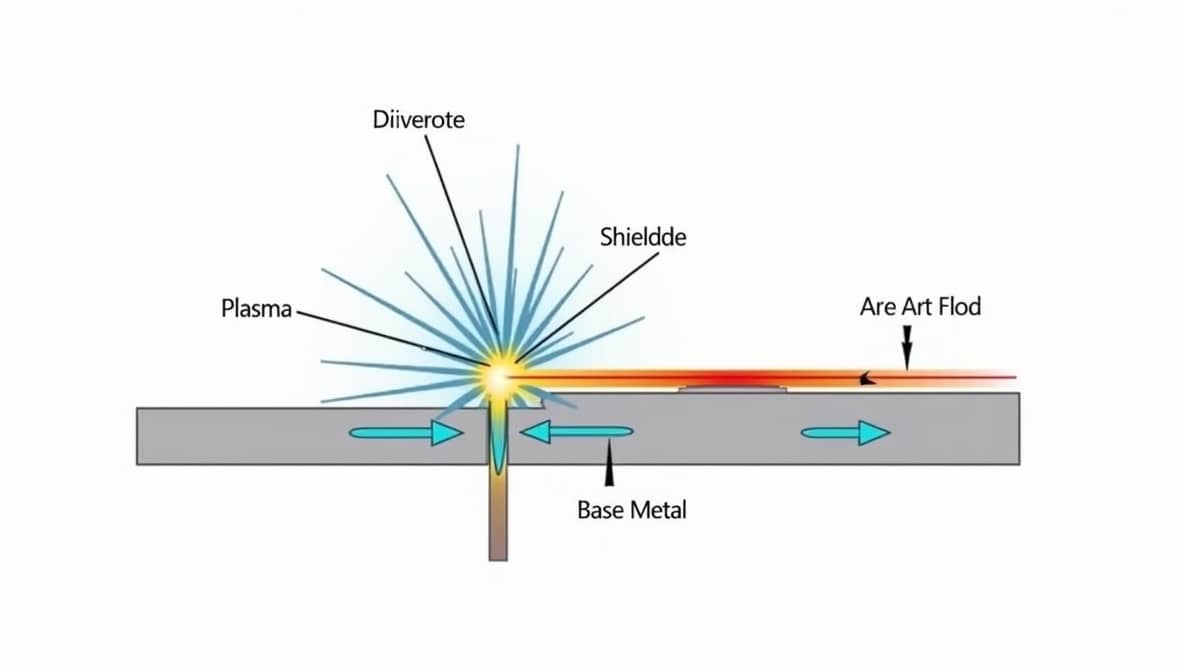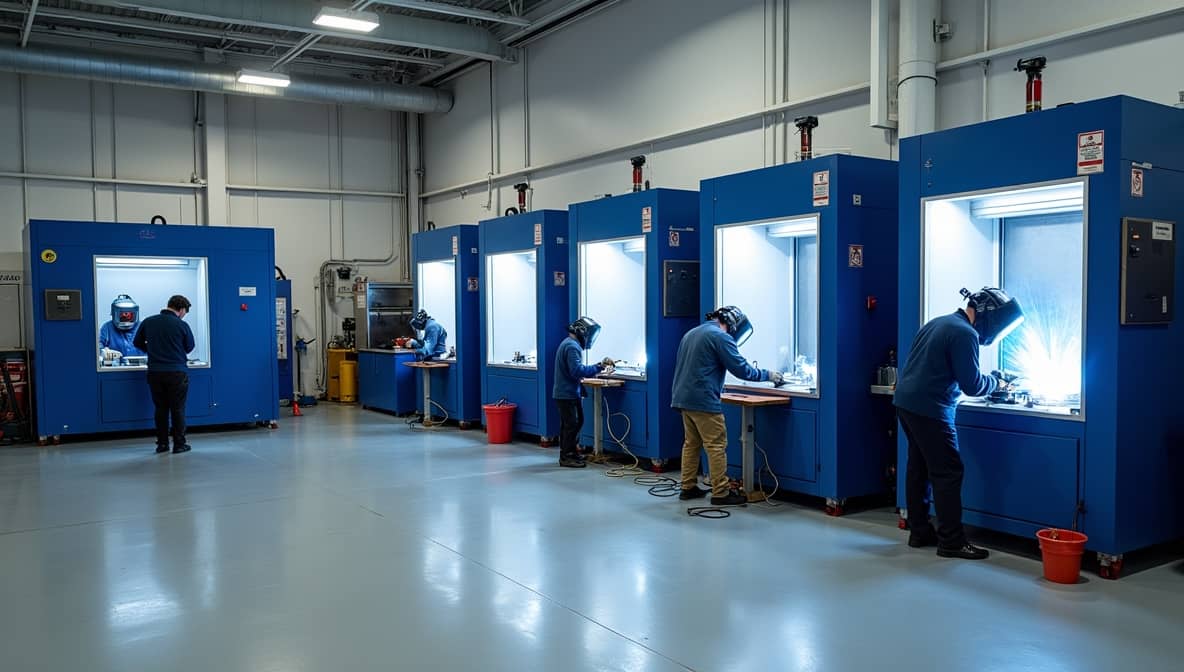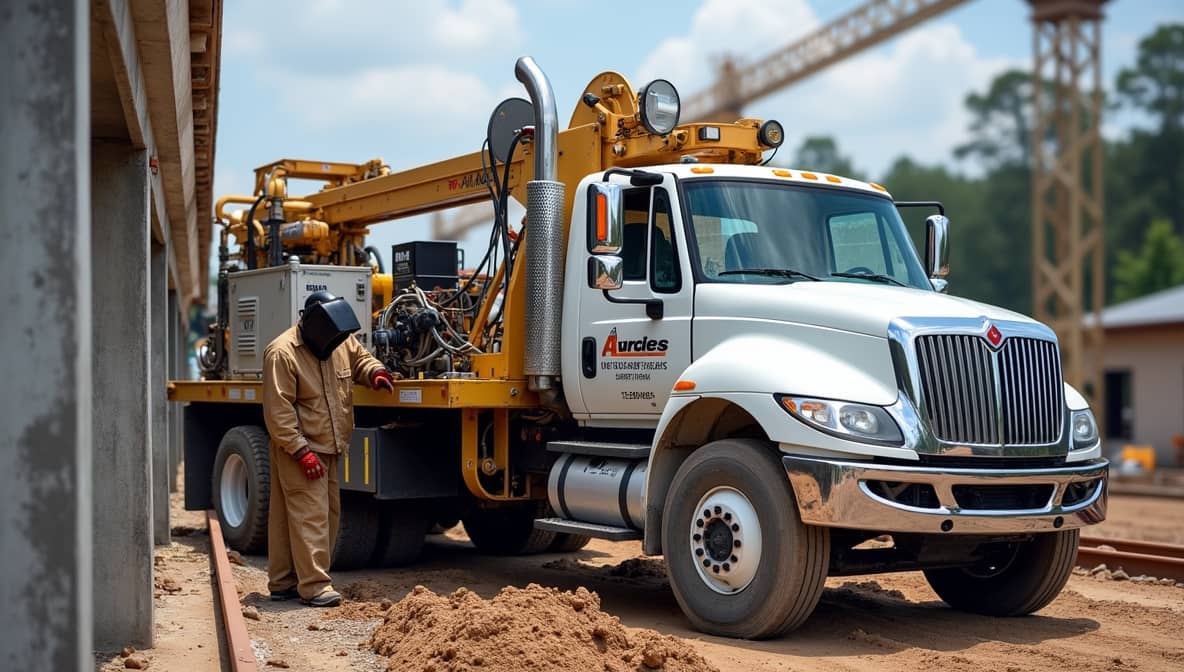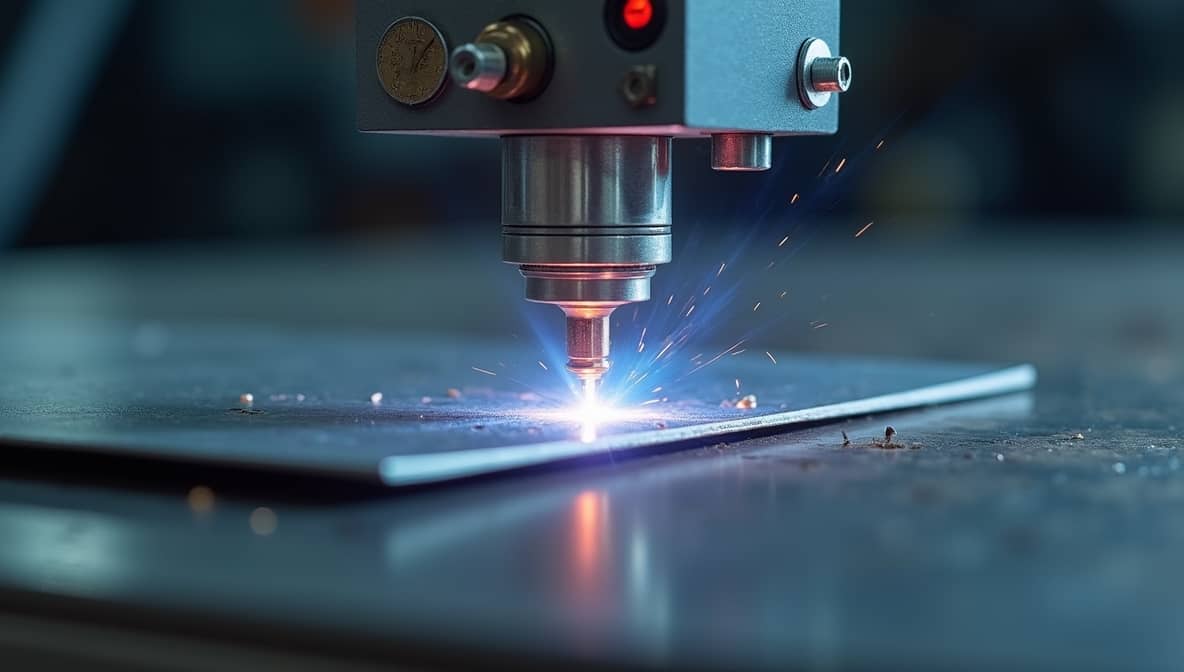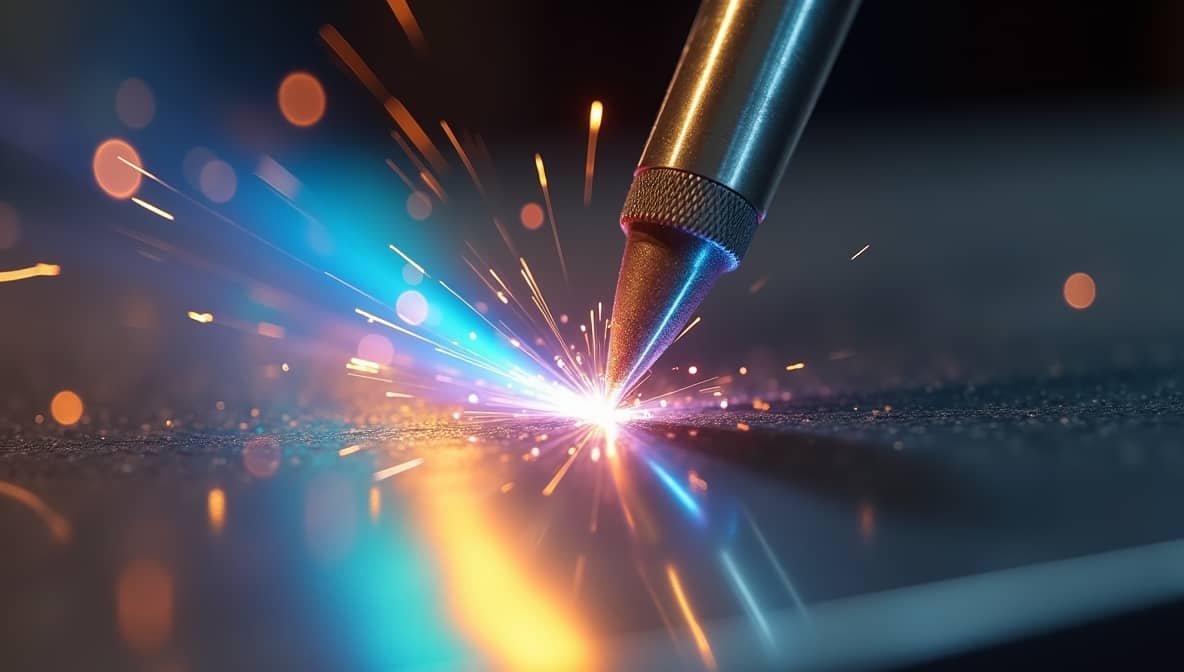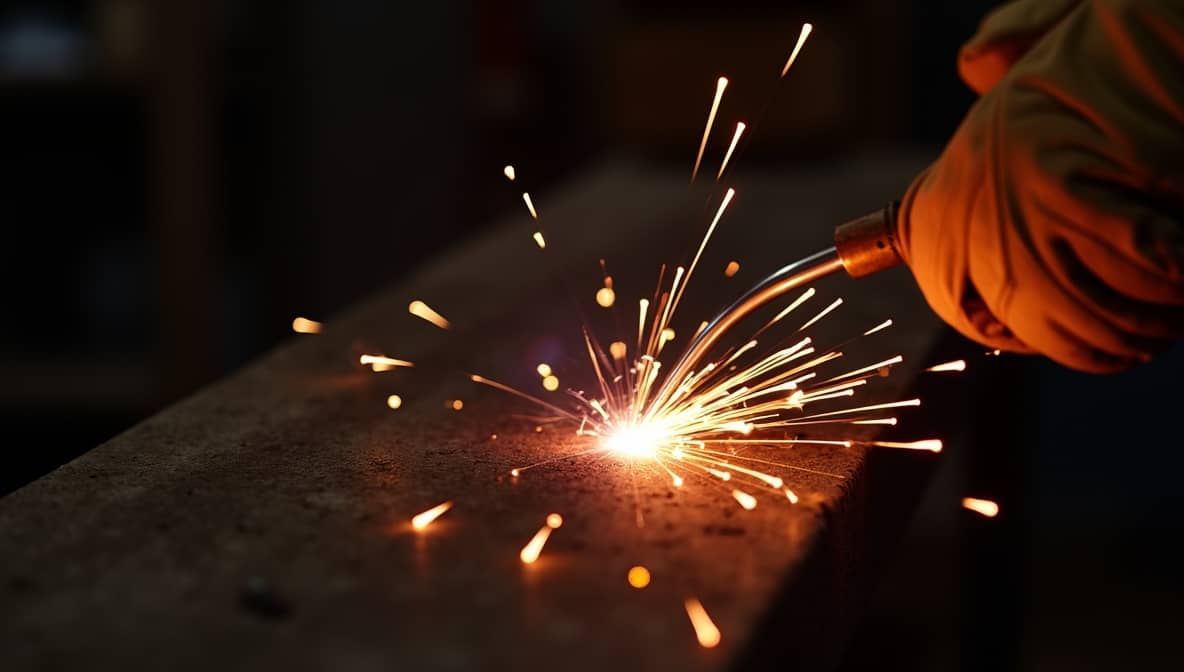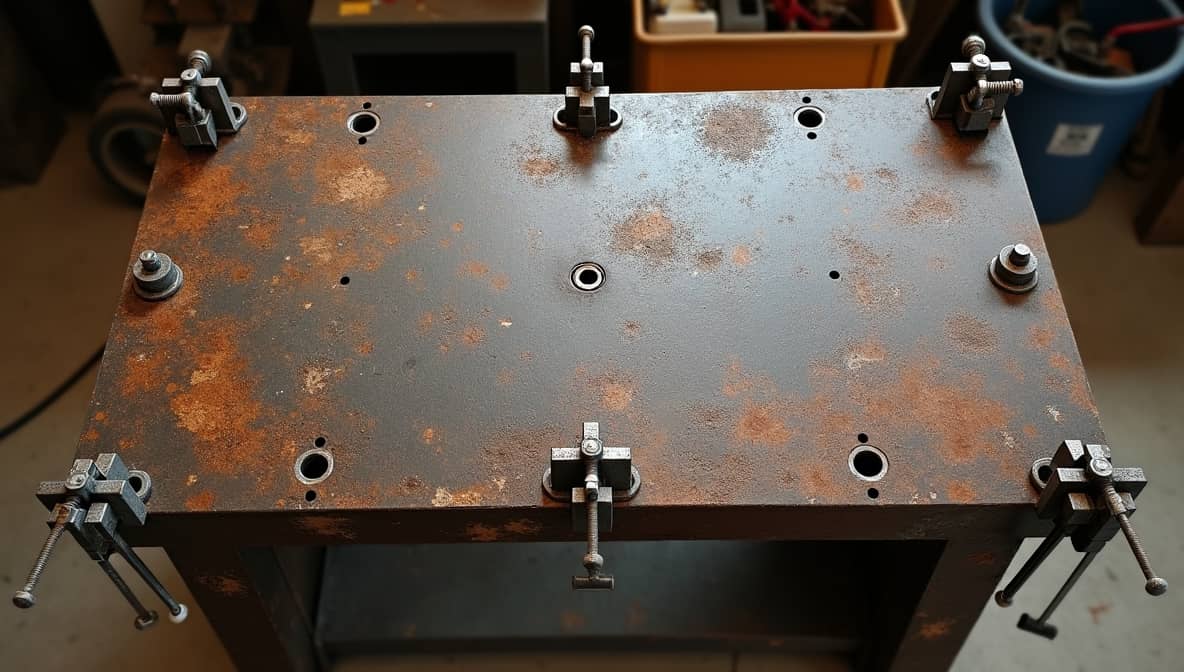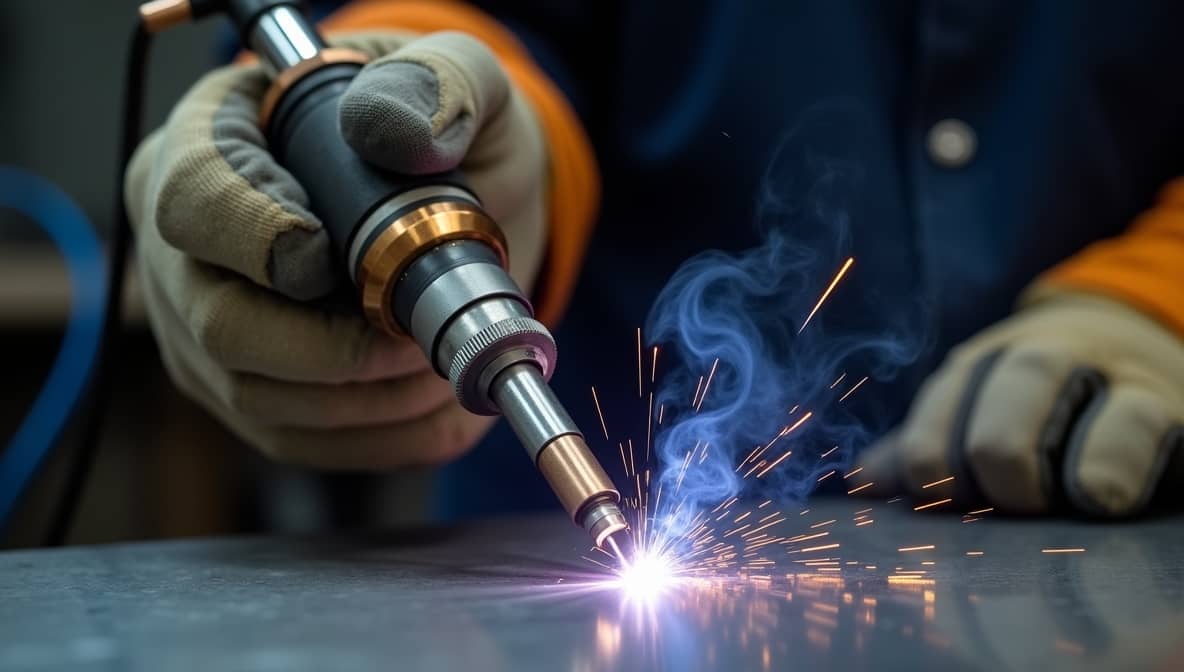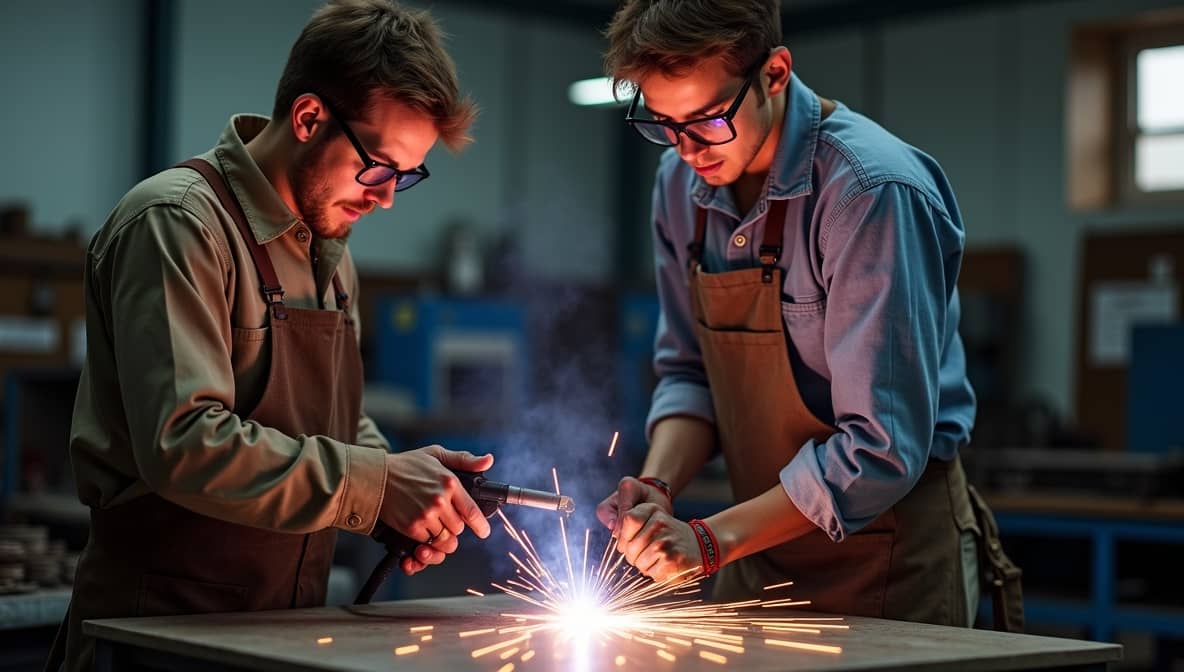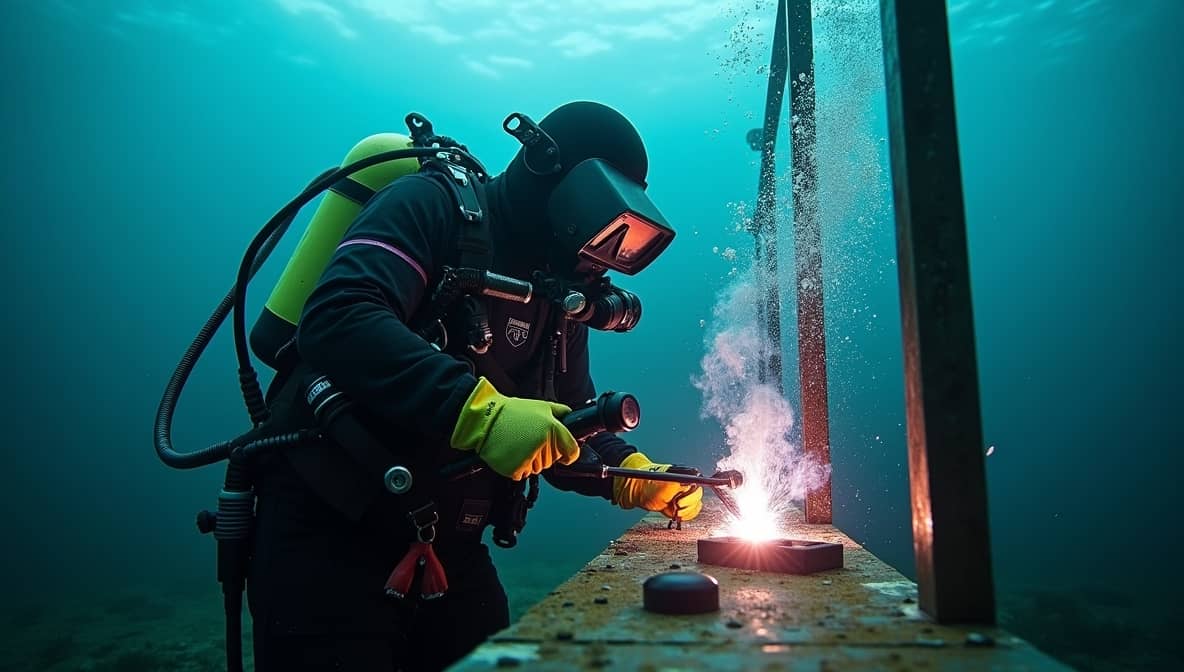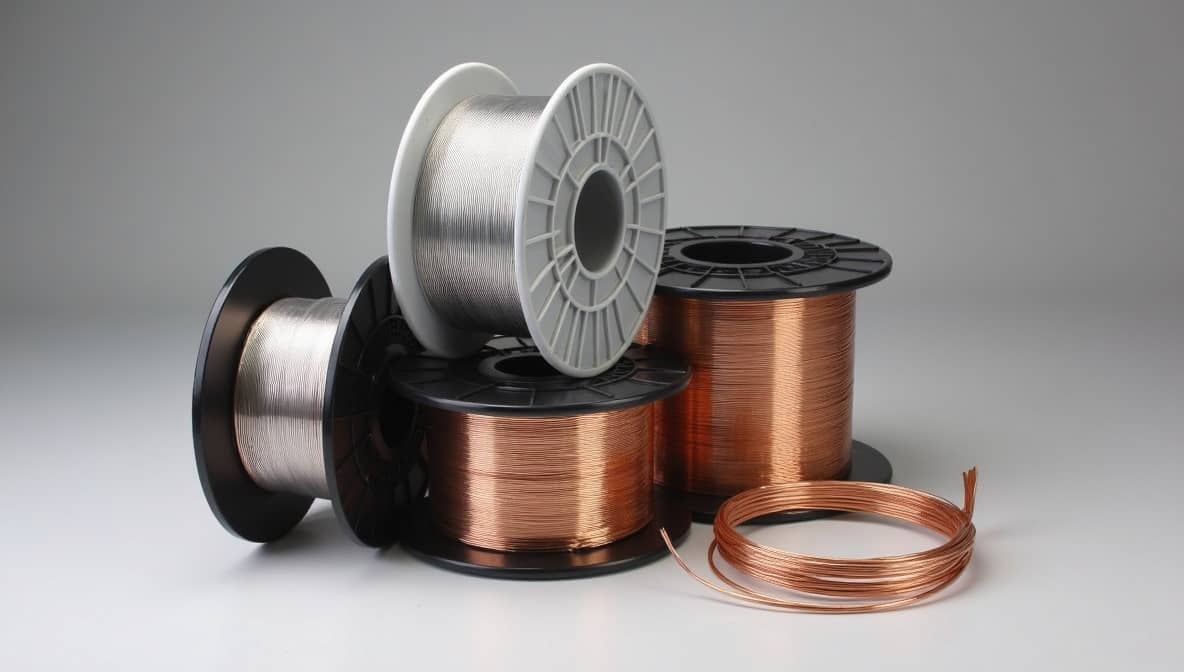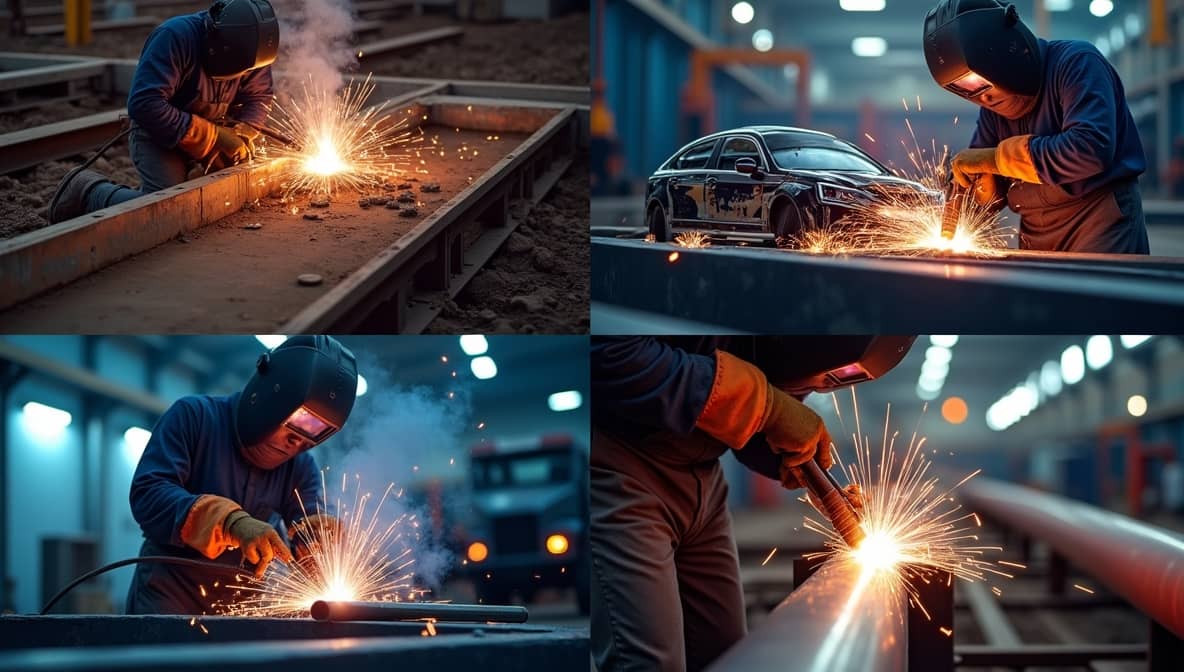Welding Wisdom for Professionals and Beginners Alike.
Start from herePrecision Welding Insights at Your Fingertips
Building Stronger Connections through Welding
Explore Welding
Discover comprehensive resources across all welding disciplines. From beginners looking to start their journey to professionals seeking advanced techniques, WeldingHubs has you covered.
Aluminum Welding
ExploreARC Welding
ExploreWelding Certificate
ExploreWelding Classes
ExploreElectrode
ExploreEngine Welding
ExploreWelding Equipment
ExploreFlux
ExploreGas Welding
ExploreHelmet
ExploreWelding Job
ExploreWelding Machine
ExploreMIG Welding
ExplorePipe Welding
ExploreWelding Process
ExploreSafety
ExploreWelding School
ExploreWelding Service
ExploreSpot Welding
ExploreStainless Welding
ExploreStick Welding
ExploreWelding Table
ExploreWelding Technology
ExploreTIG Welding
ExploreWelding Training
ExploreUnderwater Welding
ExploreWelding Wire
ExploreUses of Welding
ExploreLatest Articles
Aluminum Braze Welding vs. TIG Welding: Strength, Techniques, and Key Comparisons
Aluminum brazing uses lower heat, making it cost-effective for small or thin assemblies, especially with dissimilar metals. TIG welding creates stronger joints but needs specialized equipment. It works better for…
Aluminum Bonding vs Welding: Strength Comparison, Benefits, and Drawbacks
Aluminum bonding and welding are methods for joining materials. Welding gives high tensile and shear strength. In contrast, structural adhesives offer design flexibility and easier application. Adhesives need no special…
Optimize Aluminum Argon Welding Flow: Set Your Argon Flow Rate for Perfect Results
Proper gas flow is key in aluminum argon welding. For a 7/16 inch TIG cup, set the flow at 15 cubic feet per hour (cfh). Use 15 to 20 cfh…
Aluminum Brazing vs Welding: Pros, Techniques, and Strength Comparison Guide
Welding joins aluminum by melting the base metal and filler rod, resulting in strong joints ideal for high-stress situations. Brazing, however, bonds metals at lower temperatures without melting them, making…
Aluminum Brazing Rod vs Welding Rod: Key Differences for Metal Joining Explained
Brazing aluminum rods use a low-temperature process for joining, making them ideal for applications like air conditioning systems. In contrast, welding rods create high-strength joints necessary for structural components such…
Aluminum Composite Panel Welding: Essential Techniques, Tips, and Mounting Methods
Aluminum composite panels (ACM) can be welded using hot air welding and gas tungsten arc welding (GTAW). Hot air welding applies heated air to bond the core materials and aluminum…
Join Aluminum Connections Without Welding: Effective Methods and Techniques
Aluminum connections without welding can be made using adhesive methods. Epoxy glue offers clarity and strength for durable bonds. Instant adhesives, like super glue, provide quick usability. These options avoid…
Aluminum Copper Friction Welding: Strong Joints and Practical Applications
Friction welding is a solid-state joining process that connects copper and aluminum without melting them. This technique creates strong bonds that exceed those formed by brazing and soldering. It addresses…
Aluminum Cracks After Welding: Common Causes, Prevention Tips, and Best Practices
Hot cracking is the main cause of cracks in aluminum welds. This mechanism happens at high temperatures during solidification. Factors like alloy composition and cooling rates influence this issue. Understanding…

